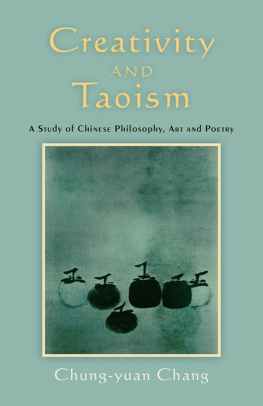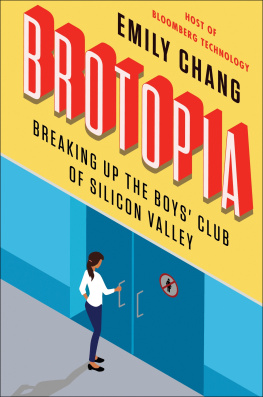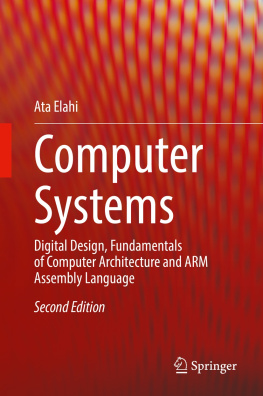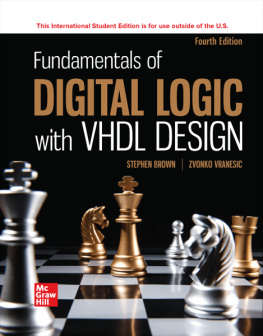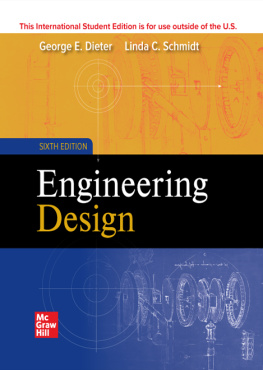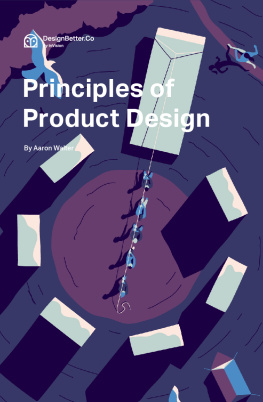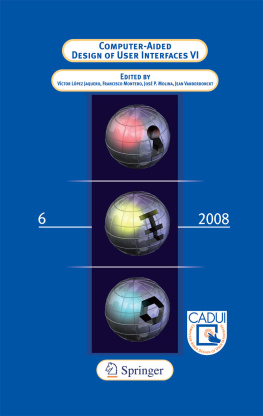This book, the first of the four Computer-Aided Engineering Design series, is dedicated to my mentors, Professor Kyung K. Choi, Professor Edward J. Haug, and Professor Vijay K. Goel, who have taught me so much, inspiration and influence for a lifetime.
Preface
The conventional product development process employs a design-build-test philosophy. The sequentially executed process often results in a prolonged lead time and an elevated product cost. The e-Design paradigm presented in the Computer Aided Engineering Design series employs IT-enabled technology, including computer-aided design, engineering, and manufacturing (CAD/CAE/CAM) tools, as well as advanced prototyping technology to support product design from concept to detailed designs, and ultimately manufacturing. This e-Design approach employs virtual prototyping technology to support a cross-functional team in analyzing product performance, reliability, and manufacturing costs early in the product development stage and in conducting quantitative trade-offs for design decision making. Physical prototypes of the product design are then produced using rapid prototyping (RP) technique mainly for design verification. The e-Design approach holds potential for shortening the overall product development cycle, improving product quality, and reducing product cost. The Computer Aided Engineering Design series intends to provide readers with a comprehensive coverage of essential elements for understanding and practicing the e-Design paradigm in support of product design, including design method and process, and computer-based tools and technology. The book series consists of four books: Product Design Modeling using CAD/CAE , Product Performance Evaluation using CAD/CAE , Product Manufacturing and Cost Estimating using CAD/CAE , and Design Theory and Methodology using CAD/CAE . Product Design Modeling using CAD/CAE discusses virtual mockup of the product that is first created in the CAD environment. The critical design parameterization that converts the product solid model into parametric representation, enabling the search for better designs, is an indispensable element of practicing the e-Design paradigm, especially in the detailed design stage. The second book, Product Performance Evaluation using CAD/CAE , focuses on applying numerous CAE technologies and software tools to support evaluation of product performance, including structural analysis, fatigue and fracture, rigid body kinematics and dynamics, and failure probability prediction and reliability analysis. The third book, Product Manufacturing and Cost Estimating using CAD/CAE , introduces CAM technology to support manufacturing simulations and process planning, RP technology, and computer numerical control machining for fast product prototyping, as well as manufacturing cost estimate that can be incorporated into product cost calculations. The product performance, reliability, and cost calculated can then be brought together to the cross-functional team for design trade-offs based on quantitative engineering data obtained from simulations. Design trade-off is one of the key topics included in the fourth book, Design Theory and Methodology using CAD/CAE . In addition to conventional design optimization methods, the fourth book discusses decision theory, utility theory, and decision-based design. Simple examples are included to help readers understand the fundamentals of concepts and methods introduced in this book series.
In addition to the discussion on design principles, methods, and processes, this book series offers reviews on the commercial off-the-shelf software tools for the support of modeling, simulations, manufacturing, and product data management and data exchanges. Tutorial style lessons on using commercial software tools are provided together with project-based exercises. Two suites of engineering software are included: they are Pro/ENGINEER-based, including Pro/MECHANICA Structure, Pro/ENGINEER Mechanism Design, and Pro/MFG; and SolidWorks-based, including SolidWorks Simulation, SolidWorks Motion, and CAMWorks. These tutorial lessons are designed to help readers gain hands-on experiences to practice the e-Design paradigm.
The book you are reading, Product Design Modeling using CAD/CAE, is the first book of the Computer Aided Engineering Design series. The objective of Product Design Modeling is to provide readers with fundamental understanding in product modeling principles and modern engineering tools for solid and assembly modeling, and apply the principles and software tools to support practical design applications. In , a brief introduction to the e-Design paradigm and tool environment is given. Following this introduction, important topics in product design modeling, including geometric and solid modeling, assembly modeling, design parameterization, and product data management and data exchange are discussed.




